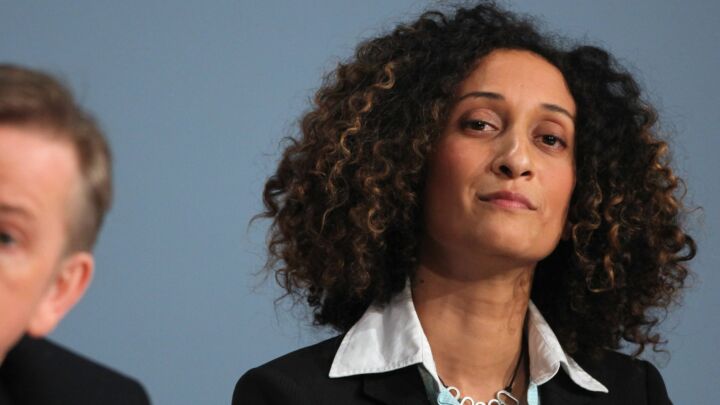In vitro fertilisation: the miracle of life
Continuing our debate on the best and worst of medicine, a historian nominates IVF as one of the greatest breakthroughs.

spiked and Wellcome Collection have launched a new website to debate the best and worst ideas, phenomena, developments and practices in the history of medicine, in the run-up to two big live debates in London on 26 June and 17 July. Here, Cheryl Hudson nominates in-vitro fertilisation as the best idea.
Since Louise Brown, the first ‘test-tube baby’, was born in 1978, in-vitro fertilisation has added exponentially to the sum of human happiness. By 2006, three million babies had been born worldwide as a result of IVF and other assisted reproduction techniques (ART).
In Britain in 2005 alone, around 40,000 IVF cycles produced more than 11,000 little bundles of joy. Louise Brown’s ability to conceive naturally and give birth to her own baby boy in 2004 has put paid to sinister predictions about IVF perpetuating the ‘infertility gene’.
In truth, few cases of infertility are genetic. Initially, IVF was used as a cure for blocked fallopian tubes. It has since been used to overcome barriers to fertility caused by ovarian disease, endometriosis, low sperm count or sperm abnormalities (where a technique known as ICSI is used to inject a single sperm directly into an egg), and ‘unexplained’ infertility.
IVF also allows other treatments to take place using the cultured embryo, most controversially PGD which allows doctors to predict which embryos are carrying genetic diseases or are chromosomally abnormal (also helping to prevent miscarriage). Other possibilities lie on the horizon, including the creation in-vitro of artificial gametes from stem cells, which could ultimately allow couples with no eggs or sperm to produce genetically related offspring.
Clearly, IVF is medically impressive. And there is no doubt that it relieves the heartache and misery for many childless couples. Allowing greater control over their reproductive ability means that women who have delayed childbirth are still able to become parents. Women may even freeze their youthful eggs until the time is right, allowing them to participate fully and equally in the workplace and society.
Of course, there are no guarantees with IVF; success rates currently stand at around 25 per cent per cycle, but they are constantly improving. This breakthrough, which both cures infertility and actually creates a brand new human life – a tonic for the heart as well as the body – is surely the best of medicine.
To enquire about republishing spiked’s content, a right to reply or to request a correction, please contact the managing editor, Viv Regan.









Comments
Want to join the conversation?
Only spiked supporters and patrons, who donate regularly to us, can comment on our articles.